Staying active with aerobic exercises is essential for seniors aiming to maintain a healthy lifestyle. These exercises help improve heart health and enhance overall fitness and mental well-being.
Cardio activities like walking, swimming, and low-impact aerobics are safe and effective ways for older adults to stay fit.
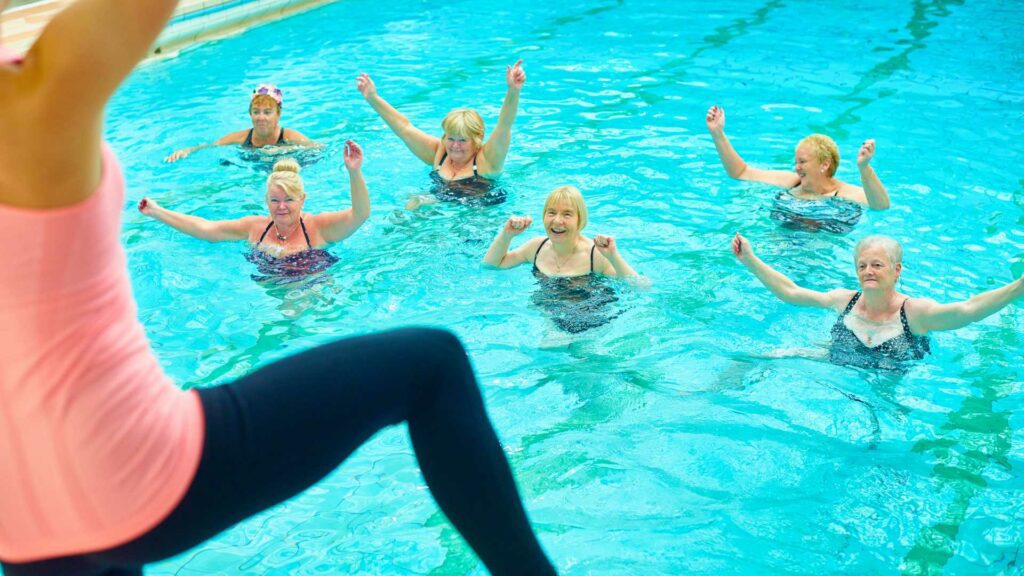
Engaging in regular aerobic exercise can provide numerous health benefits. It strengthens the heart, boosts energy levels, and helps manage weight. Additionally, aerobic exercises can improve mood and decrease the risk of chronic diseases.
It’s also important to consider suitable activities that can be easily incorporated into your daily routine without causing strain.
Designing a routine that aligns with your fitness levels and health conditions is crucial for a more effective workout. Start with low-impact exercises that promote safe movement.
Whether it’s a 10-minute walk or a 30-minute aerobic session, consistency is key to reaping the benefits of an active lifestyle.
Key Takeaways
- Aerobic exercises improve heart health and overall fitness.
- Cardio activities should be safe and match your fitness level.
- Regular exercise helps manage weight and improves mood.
Understanding Aerobics for Seniors
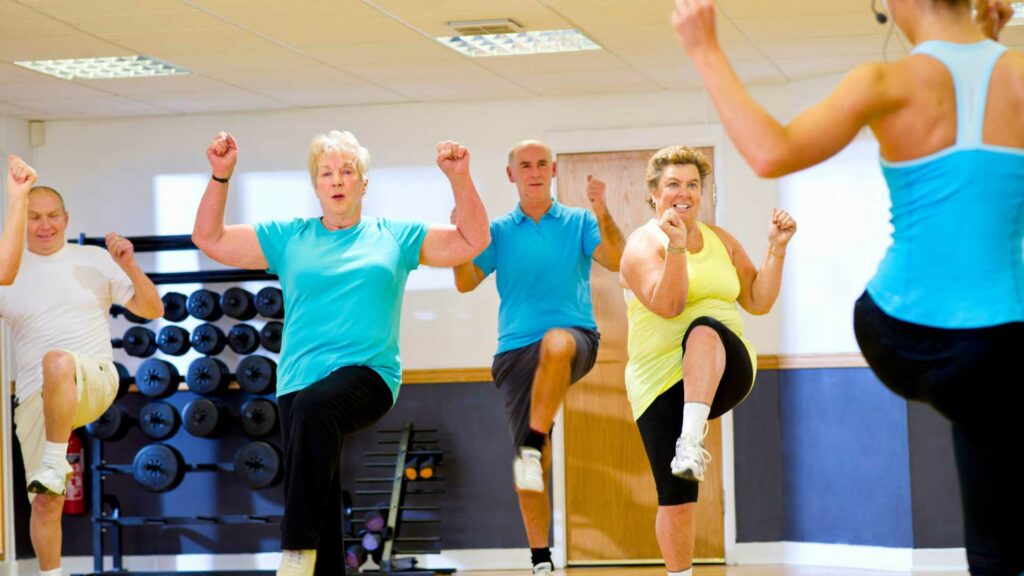
Aerobic exercises offer various advantages, including better heart health, mobility, and mental well-being. These exercises are essential for healthy aging and can significantly improve the quality of life for older adults.
Benefits of Aerobic Exercise
Aerobic exercise can boost heart health by improving blood circulation and lowering the risk of heart disease. It also helps manage heart rate and blood pressure, reducing the risk of stroke and type 2 diabetes.
It also increases your energy levels, making daily activities easier. Regular aerobic workouts can lift your mood, reduce depression symptoms, and improve your overall mental health and cognitive function.
Another benefit is better mobility and less joint pain. Exercises like walking or low-impact aerobics can help maintain joint flexibility and strength. Additionally, aerobic activities can improve bone health, reducing the risk of osteoporosis.
Impact on Aging
Aerobic exercise plays a crucial role in healthy aging. It helps slow down the physical effects of aging, such as decreased muscle strength and reduced bone density. Staying active keeps these aspects in check and enhances your quality of life as you age.
Moreover, maintaining an active lifestyle keeps your cognitive function sharp, lowering the risk of dementia. It can improve sleep quality, which is often a concern for older adults.
Regular aerobic exercise also maintains a healthy weight, reduces joint strain, and alleviates joint pain. It ensures a longer and healthier life, helping you stay independent for years.
Designing an Aerobic Exercise Routine
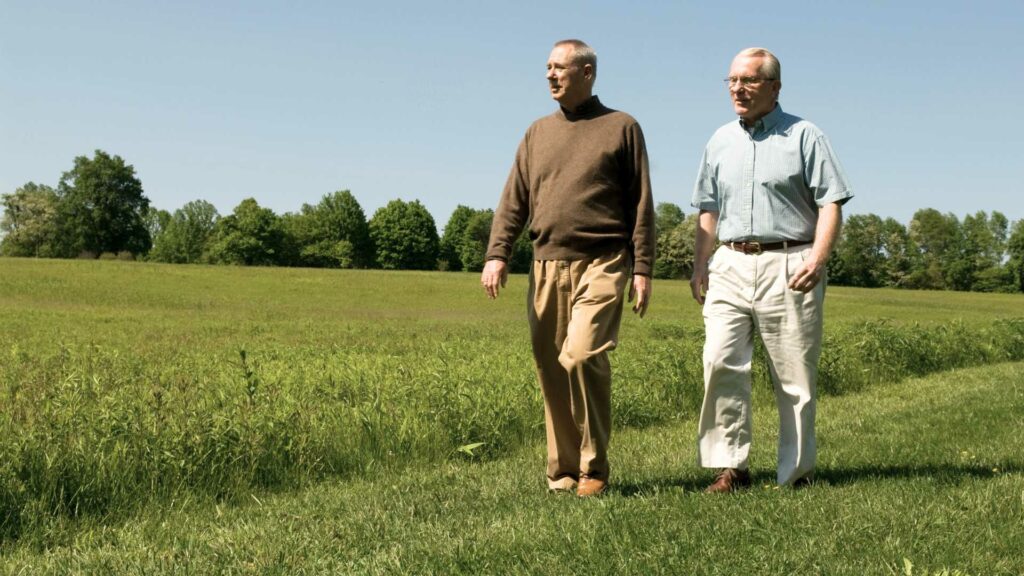
Creating a balanced aerobic exercise routine for seniors involves starting with safe, low-impact exercises, incorporating strength and flexibility workouts, and considering the duration and intensity of physical activities.
Starting with Low-Impact Exercises
Low-impact exercises like swimming, walking, and cycling are excellent choices for seniors. These activities are gentle on your joints while still offering cardiovascular benefits. Learn how to tailor aerobic exercises to support joint health in Managing Joint Pain and Movement Issues: Workout Tips Before, During, After.
Begin with low-impact aerobic exercises to reduce strain on your joints and muscles. Activities like walking, swimming, and cycling are excellent choices. These activities are gentle on your body while still offering cardiovascular benefits.
Walking is accessible and can be done almost anywhere. Aim for 30-minute sessions at a moderate pace.
Swimming and water aerobics support your joints, making them great for those with joint pain. Participate in these activities for at least 30 minutes per session.
Cycling, especially on a stationary bike, can improve cardiovascular health without stressing your knees and hips. Try to cycle for about 20-30 minutes, maintaining a steady but not overly intense pace.
Incorporating Strength and Flexibility
Strength training and flexibility exercises are essential parts of your routine. These exercises help build muscle strength and enhance joint flexibility, which are crucial for maintaining overall mobility and reducing the risk of falls.
Include chair yoga or seated weight lifting. These exercises can be adapted to suit your mobility level and can be performed at home. Aim for 2-3 weekly sessions, focusing on different muscle groups each time.
For flexibility, integrate gentle stretches or yoga practices that help loosen stiff muscles and improve range of motion. Hold stretches for 15-30 seconds and repeat about 2-3 times per session.
Strength exercises should be performed with light weights or resistance bands, with 1-2 sets of 10-15 repetitions for major muscle groups.
Routine Duration and Intensity
Consider the duration and intensity of your exercises carefully. Aim for 30 minutes of moderate-intensity aerobic activity five times a week. Alternatively, you can opt for shorter, more vigorous sessions.
Moderate intensity means you should still be able to talk but not sing during the activity. If you’re short on time, break the 30 minutes into two 15-minute sessions.
Listen to your body and adjust the intensity as needed. Increase the duration and intensity gradually to avoid injury. Always warm up before starting and cool down after finishing your routine to prevent muscle strain and soreness.
Specific Activities for Senior Aerobics
Walking is one of the easiest and most effective aerobic exercises for seniors. Beyond health benefits, it’s also a great opportunity for bonding with loved ones. Explore how walking with your grandkids can enrich your life in The Benefits of Walking with Your Grandkids: Building Bonds and Staying Active.
Many aerobic exercises can help seniors stay active and healthy. These activities also help improve balance, range of motion, and flexibility.
Walking and Jogging
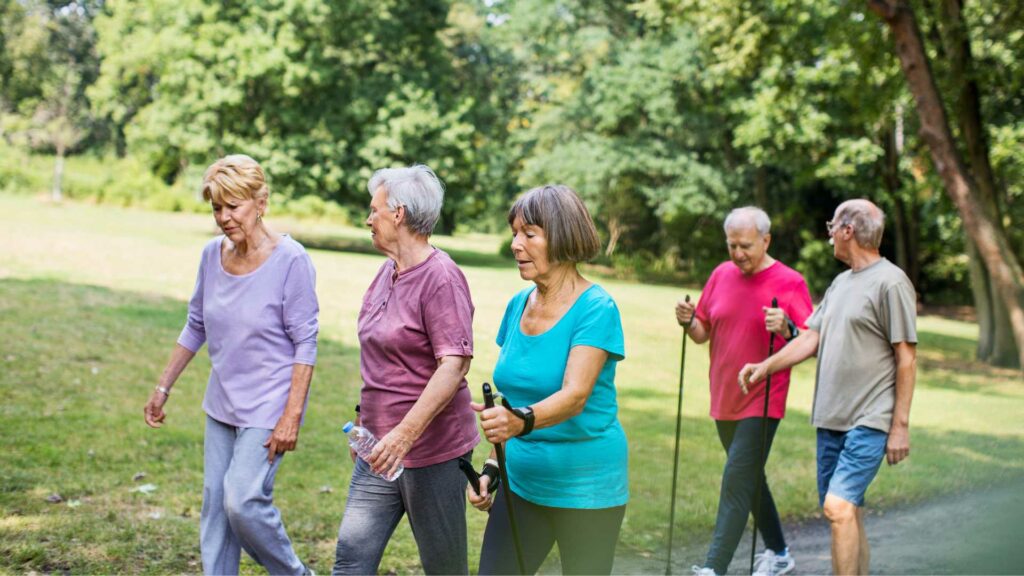
Walking is one of the easiest and most effective aerobic exercises for seniors. It’s gentle on the joints and helps improve cardiovascular health. Start with a brisk walk for 20-30 minutes a day. Brisk walking increases your heart rate and can enhance endurance over time.
Jogging can also be an option if you’re more fit and looking for a challenge. Always start slowly to warm up and then pick up speed. Jogging helps improve muscle strength and stamina. Be sure to use good shoes to support your feet and avoid injuries.
Water Aerobics and Swimming
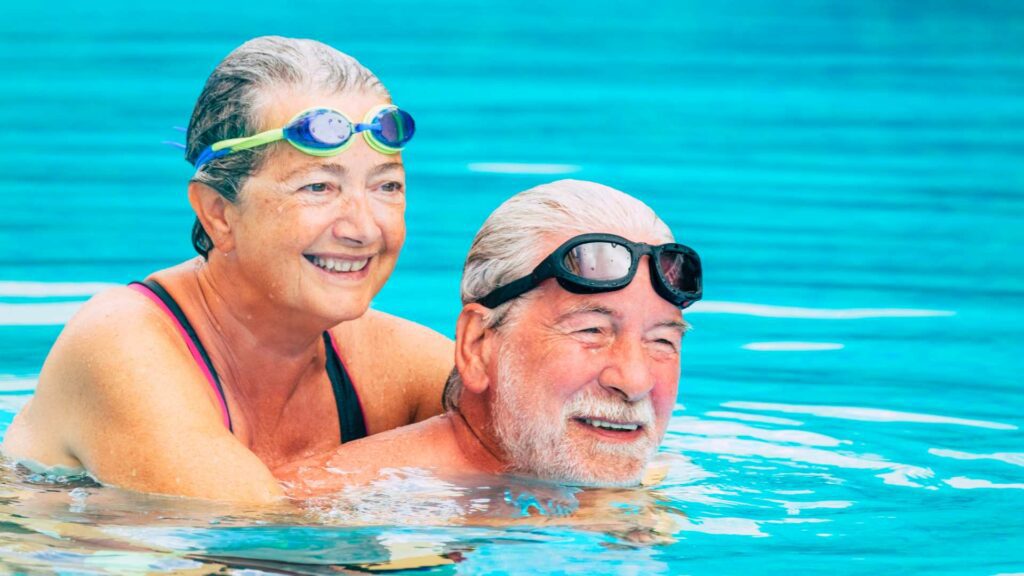
Water aerobics is great for seniors as it provides resistance without putting stress on the joints. Movements such as leg lifts, arm curls, and gentle kicks are effective. These exercises work on strength and flexibility while being kind to your body.
Swimming is another excellent, low-impact aerobic activity. Swimming strokes like freestyle or backstroke can work on various muscle groups. It helps improve cardiovascular health and increase lung capacity. It’s a full-body workout that also boosts balance and coordination.
Class-Based Exercises
Dance classes like Zumba or ballroom dancing are enjoyable ways to improve aerobic fitness. These classes often combine music and rhythmic movement, making the exercise fun and beneficial.
Yoga and Tai Chi are classes that focus on slow, controlled movements and deep breathing. Yoga helps improve flexibility and balance, while Tai Chi enhances coordination and muscle strength. Both classes are great for reducing stress and promoting better mental health.
Enhanced Fitness classes combine stretching, flexibility, balance, low-impact aerobics, and strength training. These classes are designed to be safe yet challenging and often cater to different fitness levels.
Engaging in these aerobic activities can significantly enhance your overall health and well-being. Choose activities you enjoy to make staying fit a regular part of your routine.
Overcoming Exercise Barriers

It’s common for seniors to face challenges when starting an exercise routine. Addressing joint problems and ensuring safety with modifications can help maintain an effective and enjoyable routine.
Dealing with Joint Problems and Arthritis
Many seniors experience joint problems or arthritis, making exercise difficult. Low-impact exercises like swimming, walking, or cycling can be easier on joints. These activities reduce stress on the knees and hips, making them ideal.
To ease stiffness, it’s helpful to include activities that promote flexibility. Stretching exercises before and after your workout can improve mobility and reduce pain. Focus on gentle stretches like reaching your toes or rotating your wrists and ankles.
Another tip is to exercise in the water. Water aerobics provides resistance without heavy impact, helping people with arthritis feel more comfortable while moving.
Consider using supportive equipment, like knee braces or ankle supports. These can stabilize your joints, making movement safer and more comfortable.
Modifications for Safety and Health Conditions
When you have health conditions like back pain, depression, or anxiety, it’s essential to modify exercises. Start slow and gradually increase activity levels. This helps avoid injury and makes the routine sustainable.
Avoid high-impact activities for those with back pain. Modified yoga poses can help strengthen your back without causing harm. Using a chair for support can make exercises safer and more accessible.
If you have heart or respiratory problems, keep your doctor informed. They might recommend light exercises such as walking or gentle stretching. Always listen to your body and rest if you feel discomfort or shortness of breath.
Incorporating balance exercises can also be beneficial. Standing on one leg or using a balance board improves stability. This can prevent falls, especially for those with mobility issues.
Don’t forget to stay hydrated and wear proper footwear. Supportive shoes can prevent slips and provide additional comfort. These precautionary steps allow you to exercise safely and effectively despite health challenges.
Maintaining a Healthy Lifestyle with Aerobics
Engaging in aerobic exercises can help senior adults stay healthy and active. Paying attention to nutrition and tracking progress are crucial factors in maintaining this lifestyle.
Nutrition and Exercise
A balanced diet is essential when integrating aerobic exercise into your routine. Eating nutrient-rich foods provides the energy needed for physical activities. Focus on whole grains, lean proteins, fruits, and vegetables. For example:
- Whole grains like oats and brown rice supply long-lasting energy.
- Lean proteins like chicken and fish help repair muscles.
- Fruits and vegetables offer essential vitamins and minerals.
Proper nutrition supports healthy aging, aids in weight management, and boosts well-being. Staying hydrated is also critical, so drink plenty of water before, during, and after workouts.
During one of my live streams I was asked my opinion on a Carnivore Diet. Therefore, I have provided a blog post that better answers the question.
Monitoring Progress for Motivation
Tracking your progress can keep you motivated. Create simple logs or use apps to record your activities. Note the duration, intensity, and type of exercise you do. Set short-term goals, such as walking an extra five minutes each week.
Regular monitoring can highlight improvements over time. For instance, you might notice better sleep, improved mood, and increased energy levels. Celebrate small victories to stay encouraged.
Consistent tracking helps you see how your lifestyle changes positively impact your physical health and overall well-being.
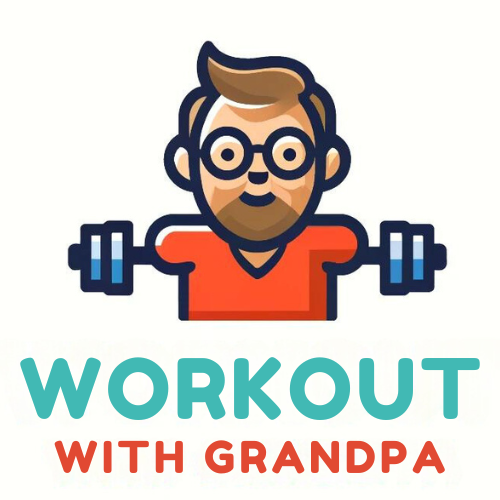
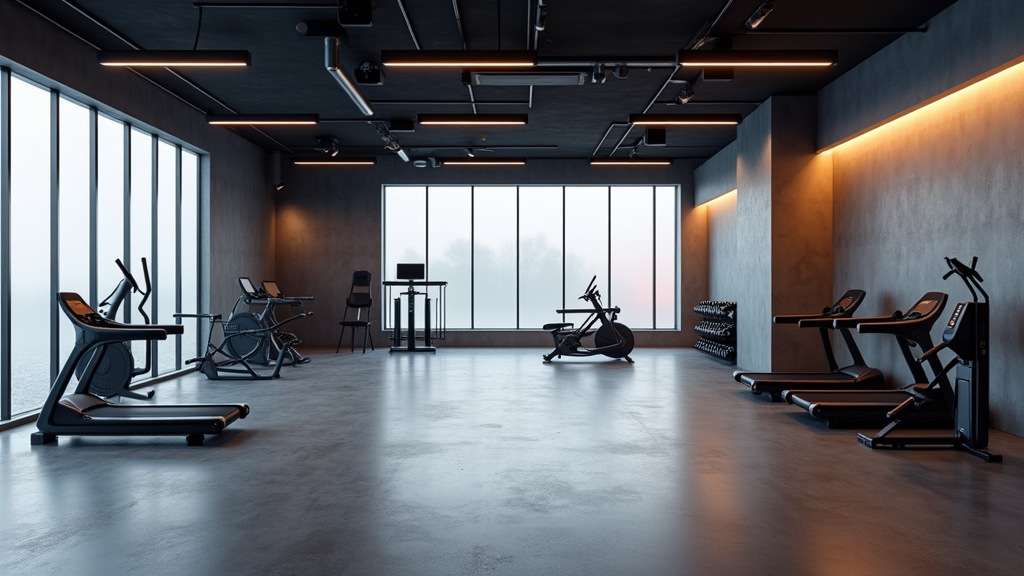

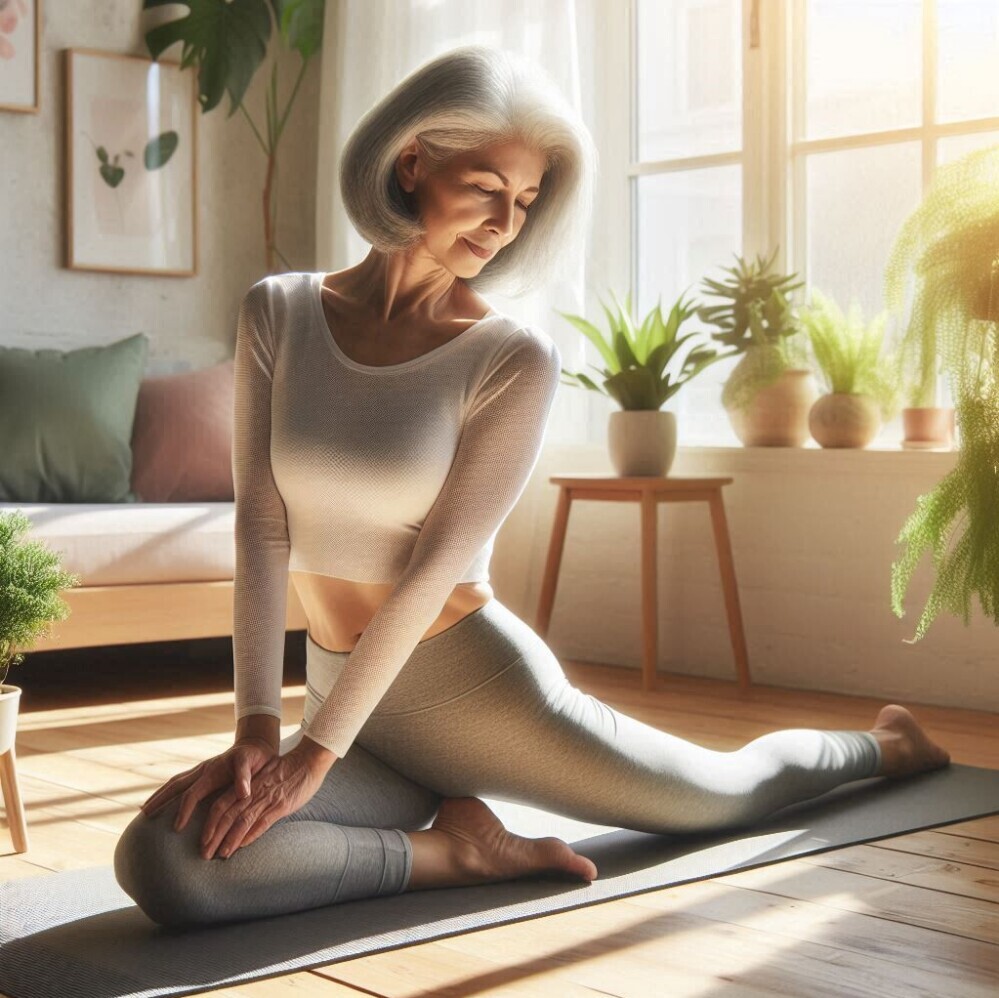

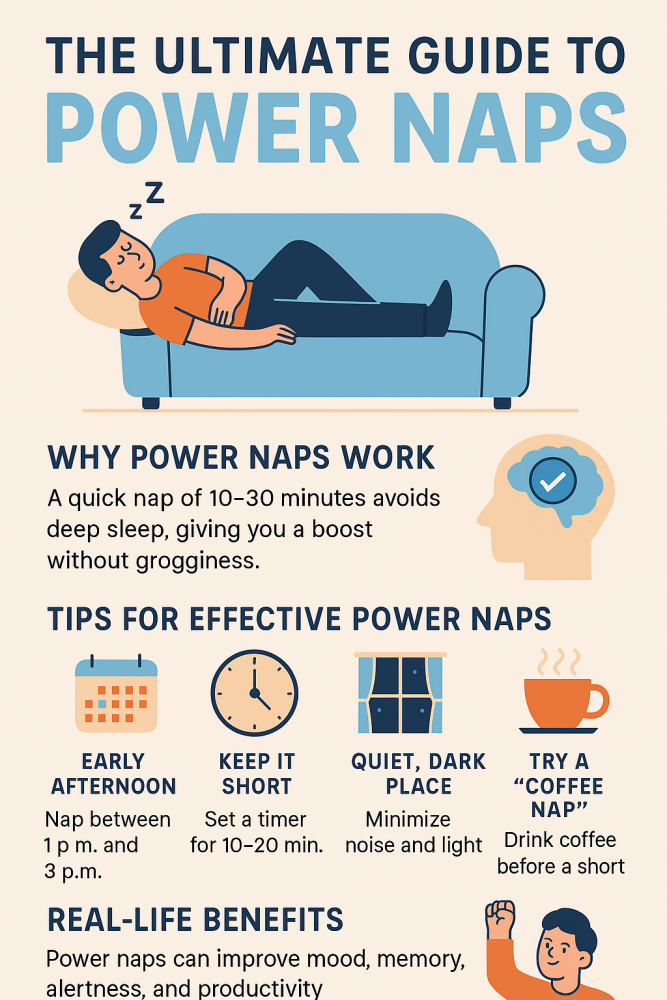
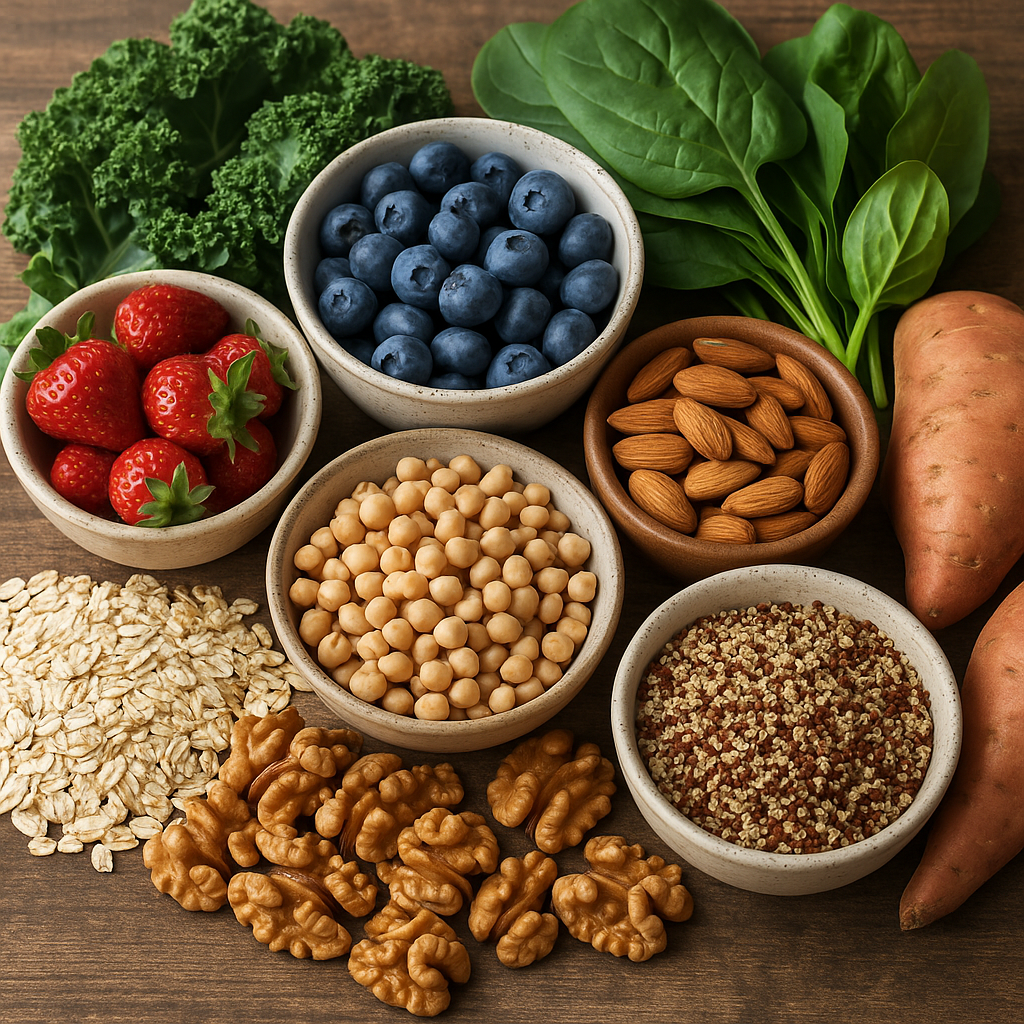
Leave a Reply